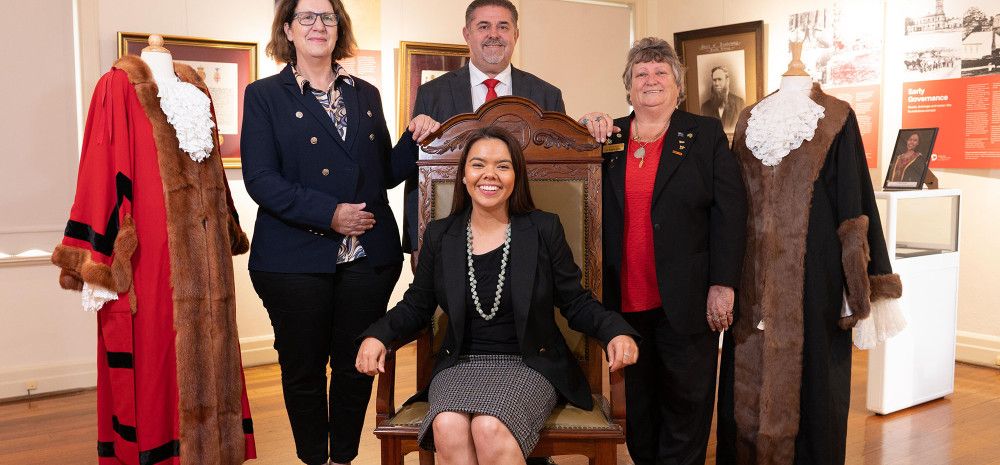
This year marks 150 years since local government was formed in the Greater Dandenong area.
Around 1835 British colonists recognised the land of the Bunurong people as a place of abundance. After settlement the land was largely cleared of red gums which supplied timber to build Melbourne’s wharves, housing and roads.
Recognised as the ‘Gateway to Gippsland’, Dandenong underwent a transformation to create roads and drainage. The Dandenong Roads Board was formed and was later re-constituted as the Shire of Dandenong, which held it’s first meeting on 7 May 1873.
The Council took over the management and operation of the Dandenong Market, became trustees of the Dandenong Cemetery and in 1890 built the Dandenong Town Hall.
In 1914 electricity service was established (not by Council) and in 1935 the Dandenong Sewerage Authority was formed.
By 1930 the Shire of Dandenong included the townships of Dandenong, Springvale, Noble Park, Dingley, Bangholme, Keysborough and Carrum Downs, and had a population of 13,000. In the 1950s the population boomed as Dandenong experienced a time of tremendous commercial and industrial growth.
In the 1970s population growth saw the need for more services, and Council introduced the Maternal and Child Health Service along with engineering and planning services for the
development of new housing.
In 1973 the now separate Councils of City of Dandenong and City of Springvale staged week-long celebrations for the centenary of local government. A recent exhibition at Heritage Hill showcased this 100-year celebration.
During the celebrations, a re-enactment of the first Council meeting was held and two-time capsules were buried in the grounds of the old Dandenong Library in Clow Street.
A free concert and teenage dance were held, while the Mayor of the day Mr Warren Titcher planted commemorative trees at local primary schools.
Celebrations ended with a centenary pageant of Progress Parade through Dandenong. Newspapers of the day reported 60,000 people turned out to see more than 100 floats.
For more information visit Dandenong’s history and cultural heritage webpage.


